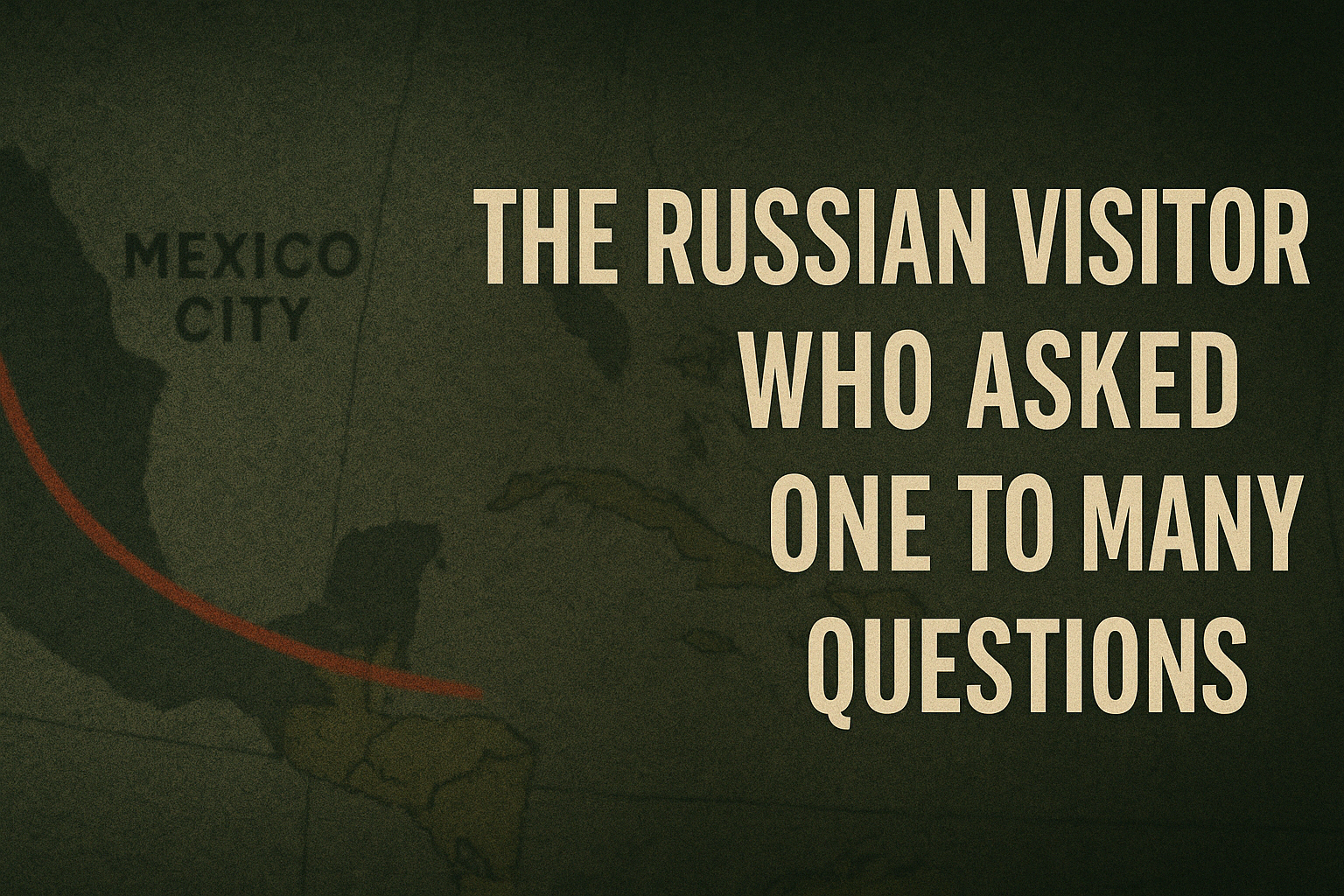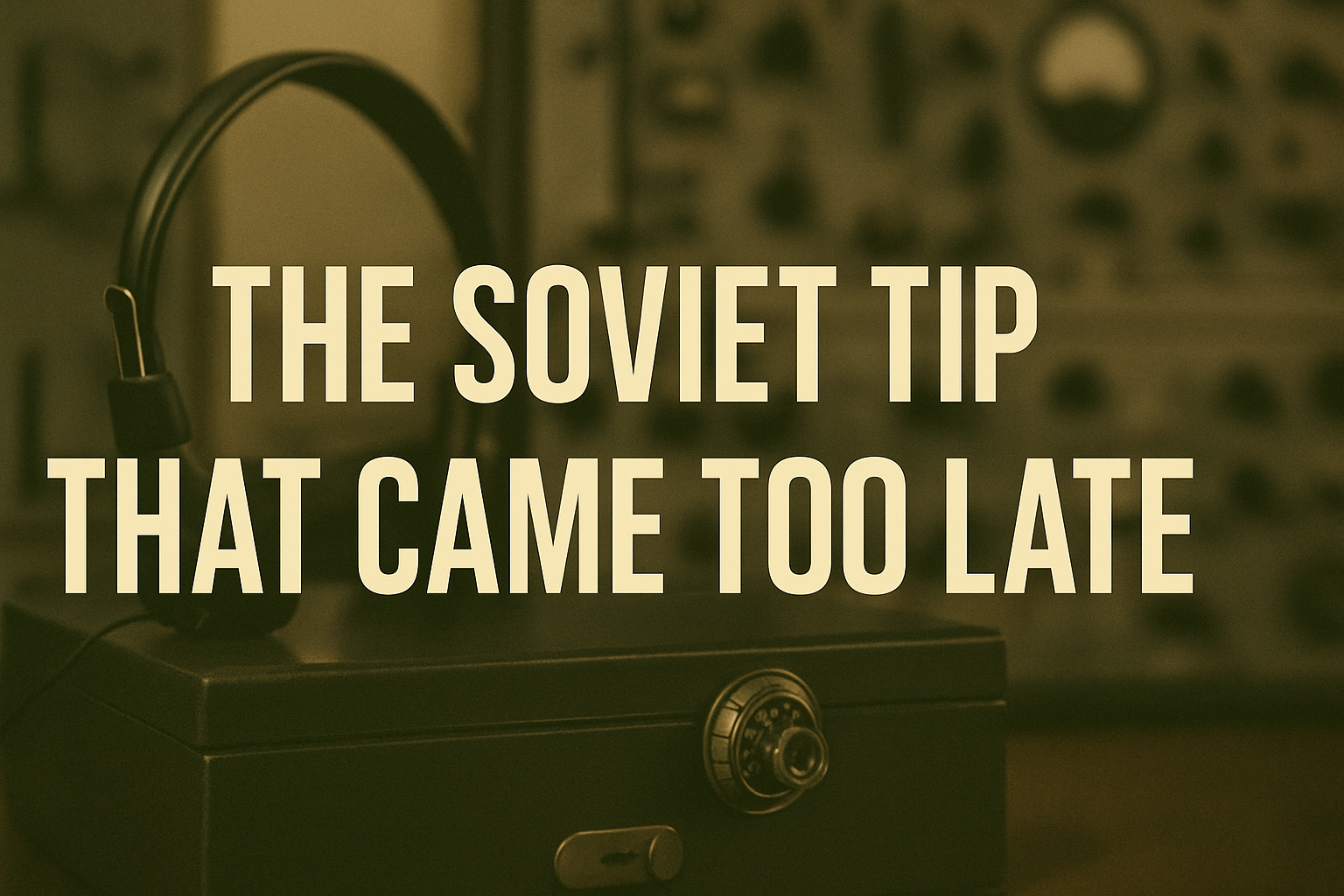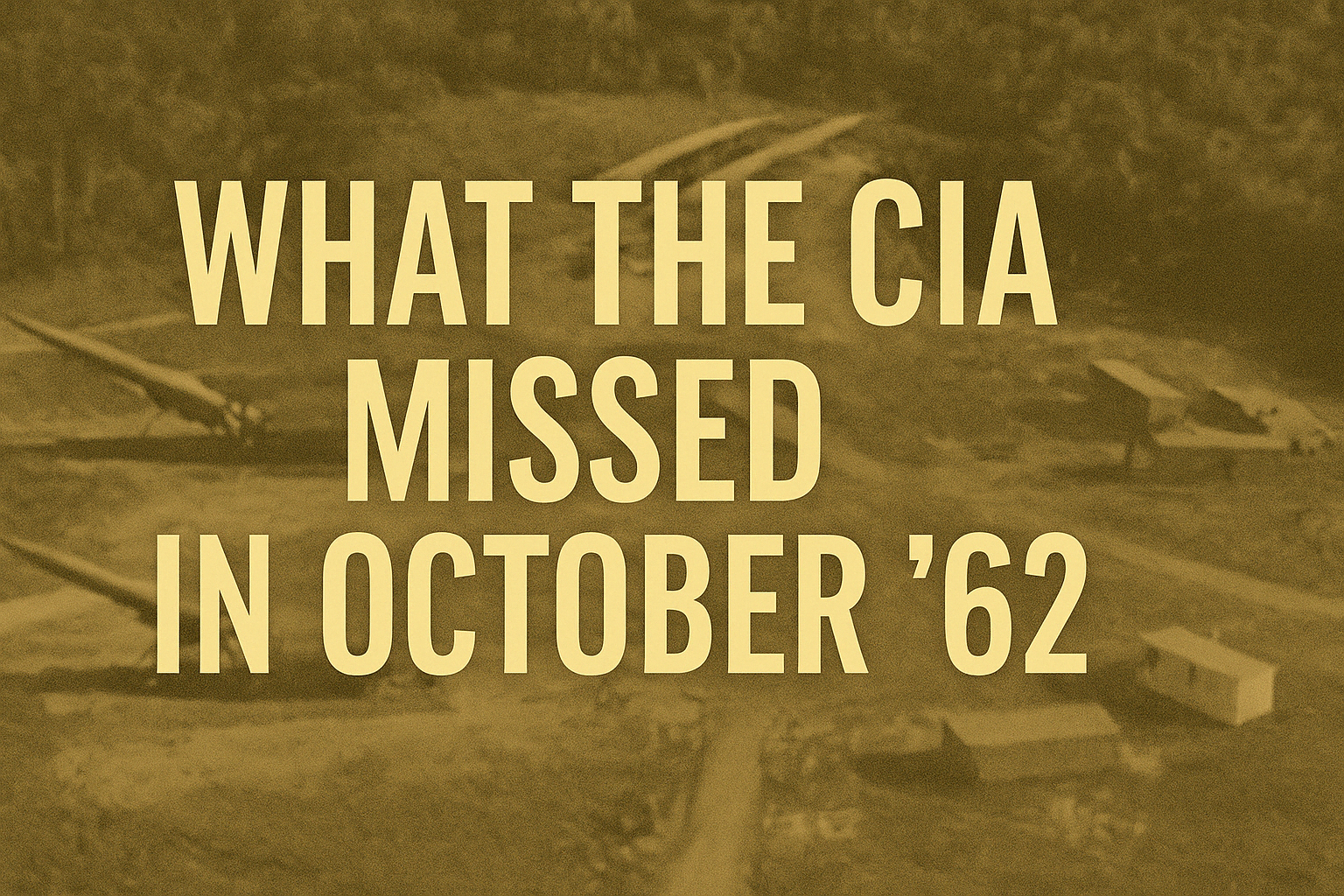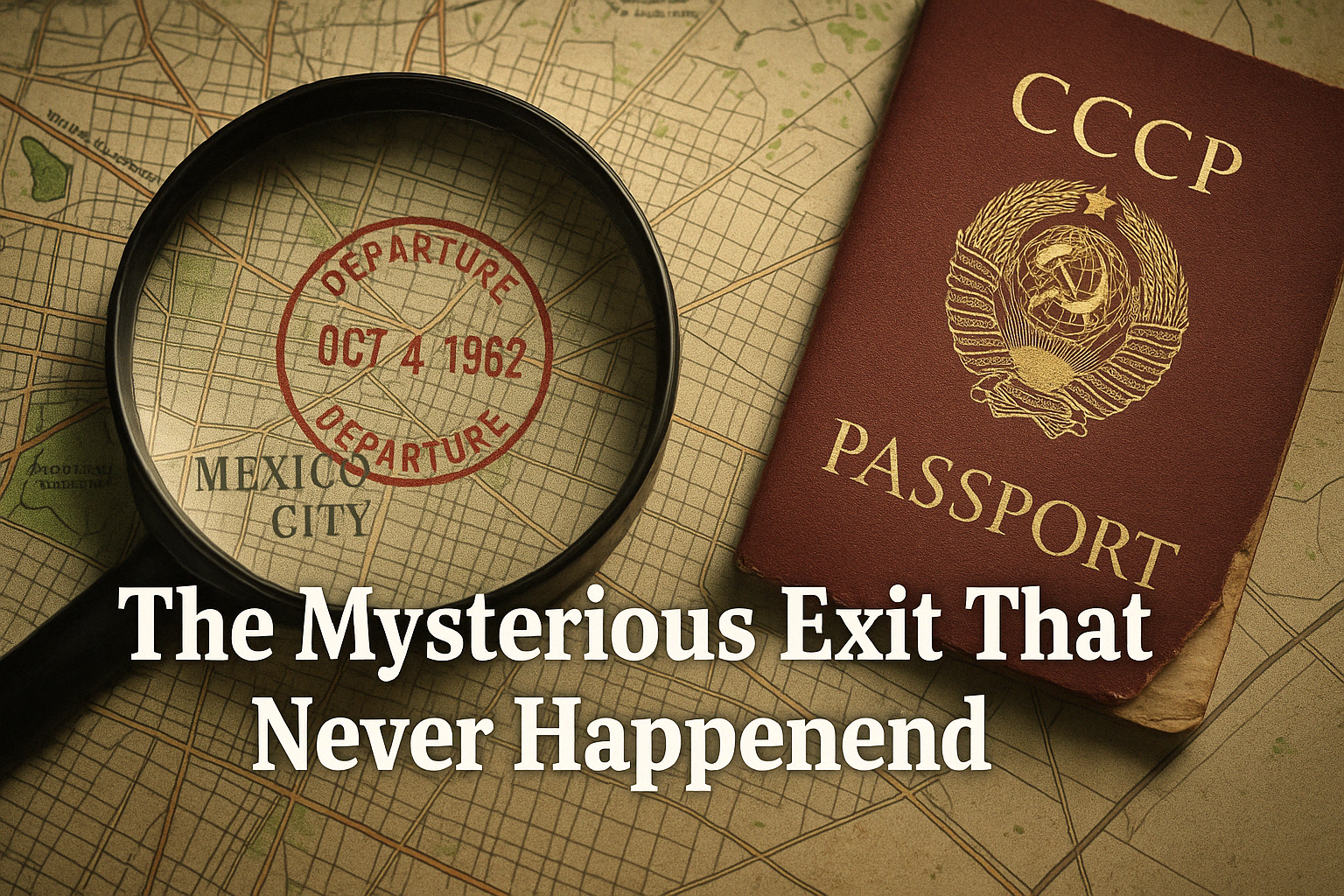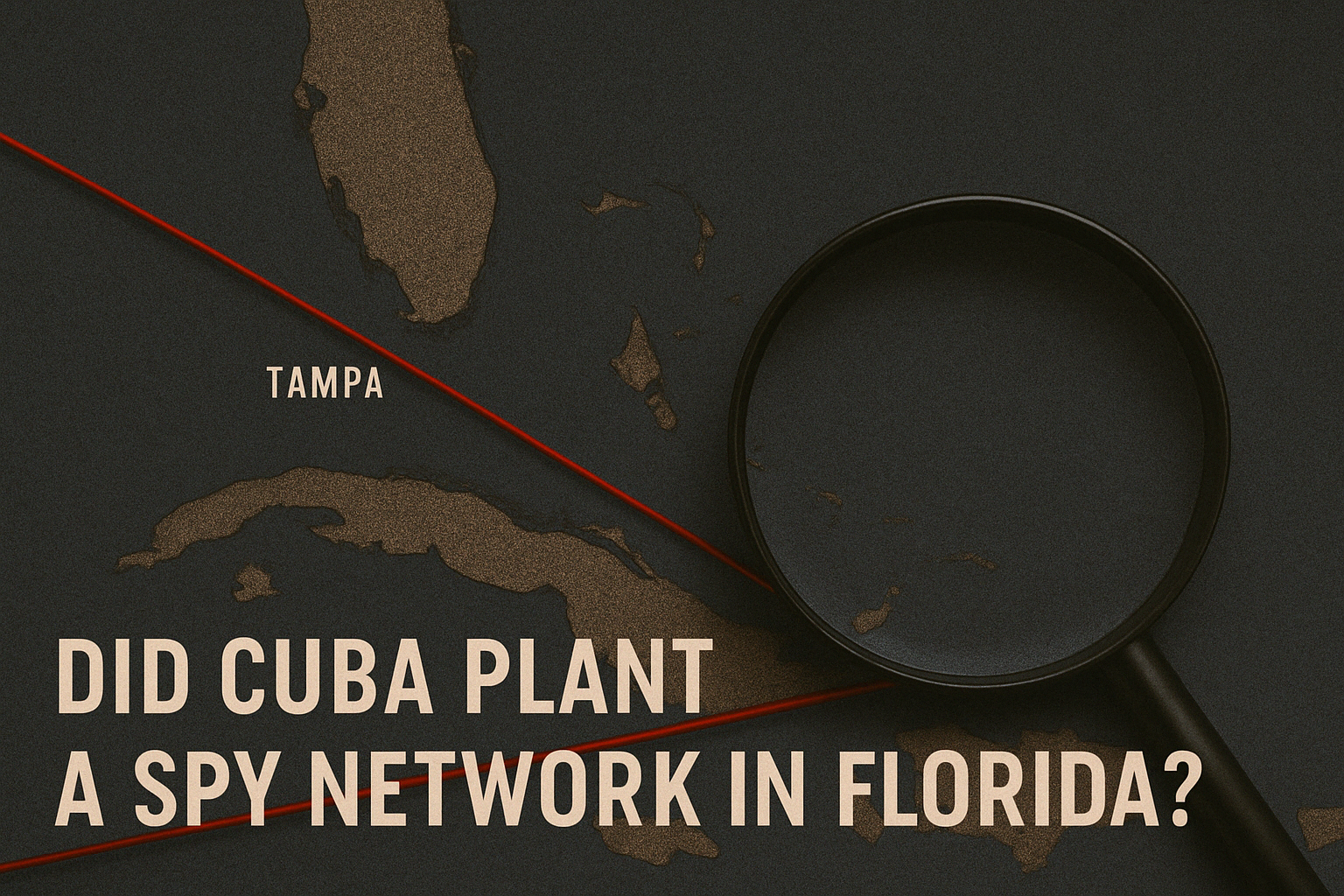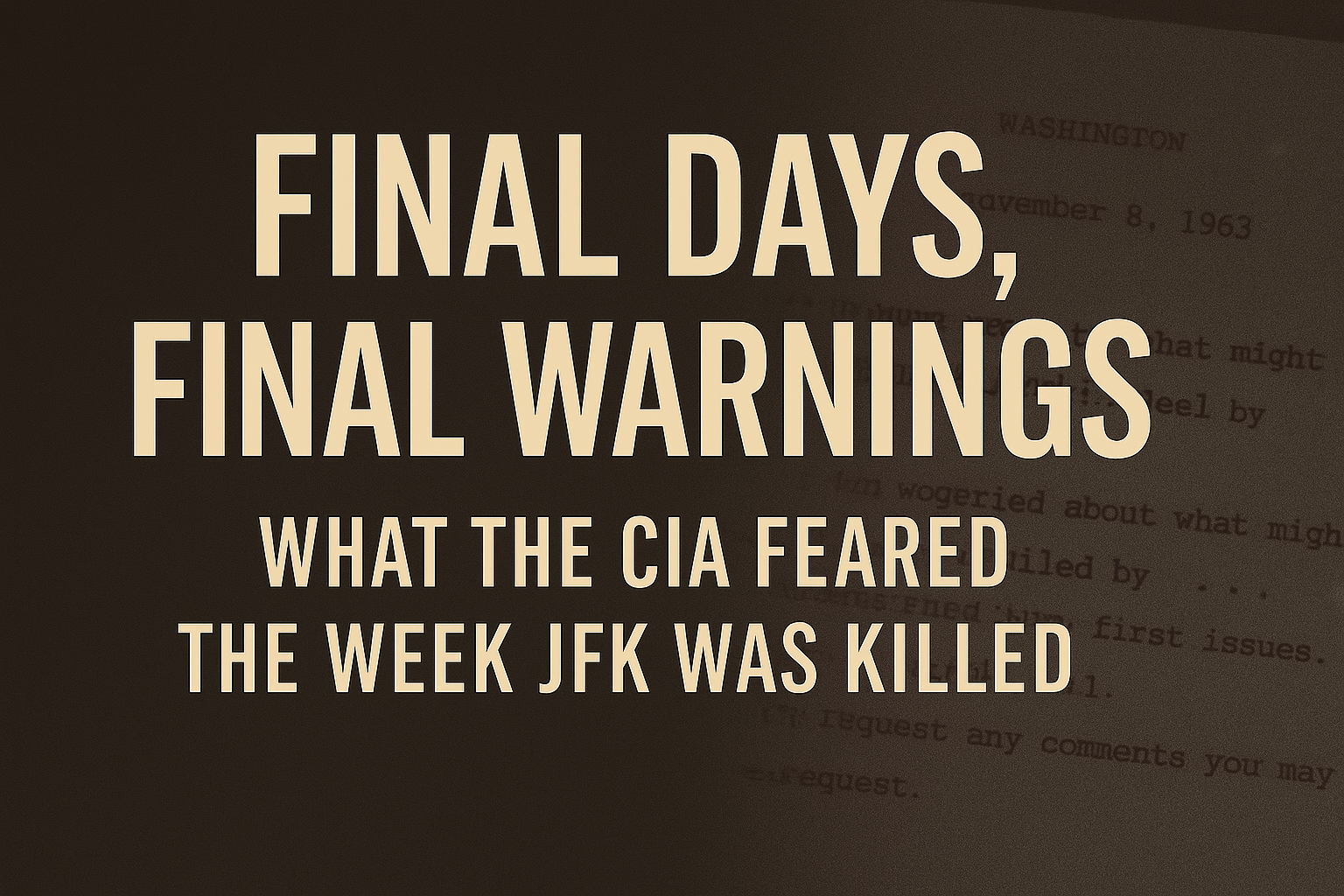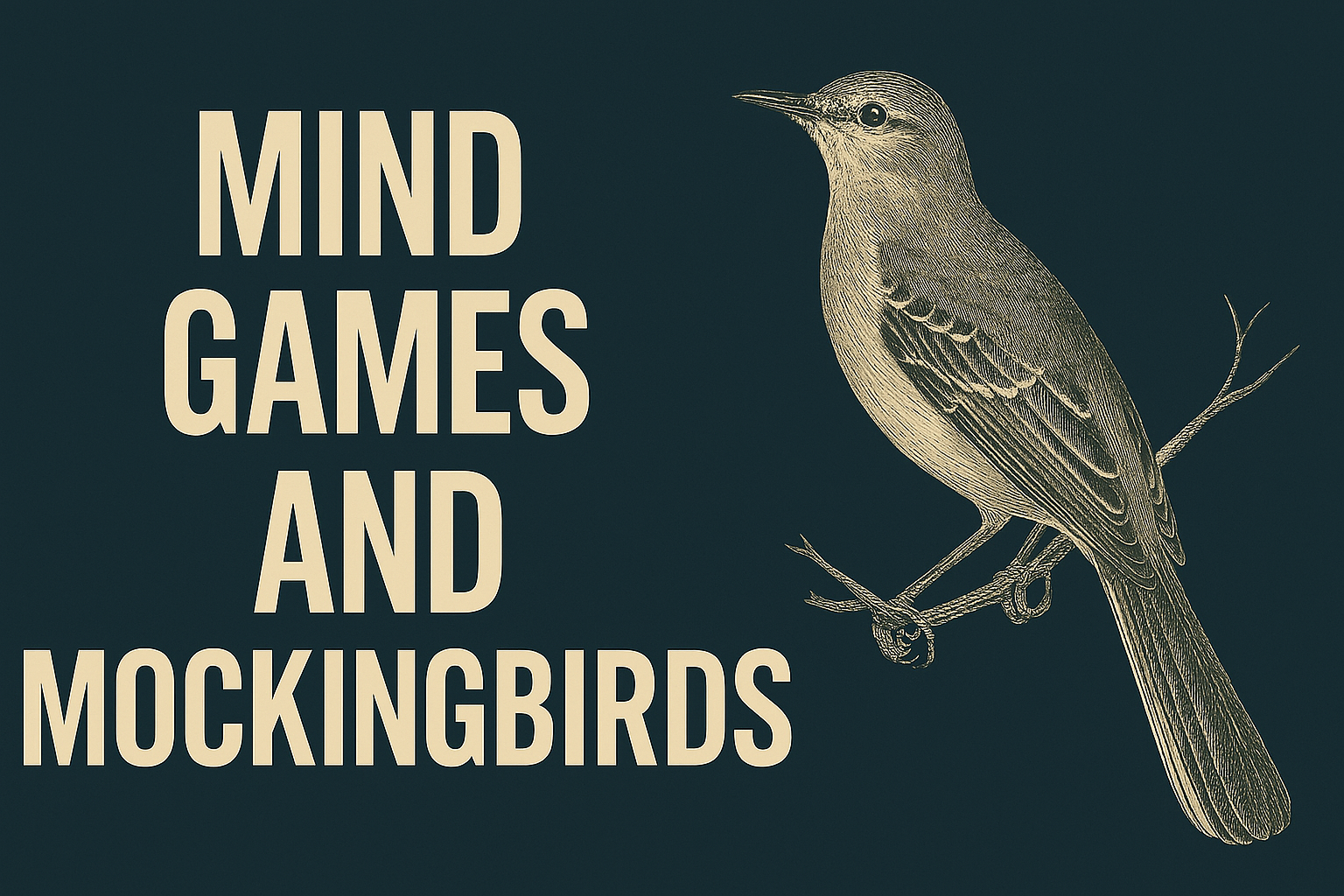Document 206-10001-10003, newly released in the 2025 JFK files, contains a short CIA memo from September 1962 about a Soviet national in Mexico City who raised quiet alarms by asking unusually specific questions about U.S. embassy operations.
At the time, it seemed trivial. In hindsight, it reads like a scene from a Cold War thriller-just one year before Oswald arrived in the same city.
📌 He Wasn’t a Spy-But He Asked Like One
The memo, originating from CIA field staff in Mexico City, describes an unnamed Soviet male-believed to be part of a cultural delegation-who struck up conversation with a local source close to the American embassy.
According to the source, the man was “amiable, non-threatening, and well-dressed,” but his questions were strangely pointed.
He wanted to know how often U.S. embassy guards rotated, which staff had cars, and who regularly traveled to and from the consulate.
“Subject posed questions regarding scheduling of personnel and local American staff mobility. Interest deemed excessive for a visitor of non-official capacity.”
He claimed to be involved in an exchange program, but never produced identification. His name was not recorded.
🗺️ Mexico City Wasn’t Just Another Stop
This report came from the same city that would later become infamous in JFK assassination lore.
In late September 1963, Lee Harvey Oswald visited both the Cuban and Soviet embassies in Mexico City, sparking decades of speculation about foreign involvement in the assassination.
This Soviet visitor, documented a year earlier, appears unrelated to Oswald-but his presence proves one thing: U.S. diplomatic staff in Mexico City were already under quiet observation.
And someone in Moscow seemed interested in how they moved.
❓ Another Brick in the Wall of Unasked Questions
There’s no evidence that the man mentioned in this memo was part of a larger plot.
But the CIA analyst filing the report makes an unusual comment: “file retained for contextual value in ongoing embassy security review.”
That implies the Agency saw this as more than just small talk.
It also implies there may have been other instances of embassy probing, from the Soviets or their allies, that are still buried in the files-or were never written up at all.
🔍 The Man Was Never Identified
There is no follow-up. No surveillance. No incident report. The man asked his questions, walked away, and disappeared from the historical record.
He was likely one of dozens-if not hundreds-of figures moving through Mexico City during the Cold War, quietly testing the edges of the American presence.
But his questions echo louder now.
In the context of Oswald’s later visit, the memo in 206-10001-10003 feels like a missed opportunity to detect the patterns before they turned deadly.
🧩 Another Memo That Means More in Retrospect
The JFK documents released in 2025 are filled with short, strange memos like this-bits of information that meant little on their own at the time. But stitched together, they form a picture of intelligence services distracted, understaffed, or simply unprepared.
What did the Russians know about embassy routines? And when did they know it?
No commission asked that question in 1964. Maybe someone should have.
